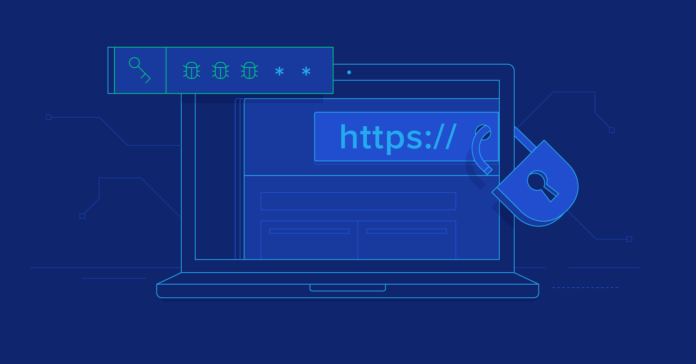Are you worried about the security of your network? Do you need to find any vulnerabilities before connecting to a remote server? If so, then you’re in luck! In this blog post, we will discuss 5 ways that you can find any network vulnerabilities before connecting. By following these tips, you can rest assured that your data is safe and secure.
If you want to find out how to be secure, one of the best ways to find any network vulnerabilities is to use a VPN. A VPN, or virtual private network, encrypts your data and routes it through a secure tunnel. This prevents anyone from snooping on your data or accessing your information.
Additionally, a VPN can also help you bypass any firewalls or restrictions that may be in place. Knowing your IP address is important for this step. This is because some firewalls may block certain IP addresses. Click here to check out your IP.
Method #2 – Use a Proxy Server
Another great way to find any network vulnerabilities is to use a proxy server. A proxy server acts as a middleman between your computer and the internet. This means that all data passing through the proxy server is encrypted and secure.
Tor is another great way to find any network vulnerabilities. Tor encrypts your data and routes it through a series of servers before it reaches its destination. This makes it virtually impossible for anyone to snoop on your data or track your online activity.
Method #4 – Use an Antivirus Program
Another great way to find any network vulnerabilities is to use an antivirus program. Antivirus programs scan your system for any malicious files or malware that could potentially harm your system. By using an antivirus program, you can rest assured that your system is safe from any potential threats.
Method #5 – Use a Vulnerability Scanner
A vulnerability scanner is a great tool for finding any network vulnerabilities when connecting to a remote server. There are many types of scanners available, but we recommend using a scanner that is specifically designed for network vulnerability scanning.
There are many features that you should look for in a scanner, but some of the most important ones include the ability to scan for a wide range of vulnerabilities, support for multiple operating systems, and robust reporting features.
Once you have selected a scanner, you will need to configure it for your specific network. This process can be complex, so we recommend working with a professional if you are not comfortable doing it yourself.
Once the scanner is configured, you can run it against your remote server to find any vulnerabilities. Be sure to review the results carefully so that you can take steps to fix any vulnerabilities that are found.
One of the most important security measures you can take when connecting to a remote server is to use a firewall.
A firewall will help to protect your computer from any malicious software or attacks that might be trying to gain access to your system. There are many different types of firewalls available, so it is important to choose one that is right for your needs.
Bonus Tip #2 – Use an Intrusion Detection System
An intrusion detection system (IDS) is a type of security software that monitors network traffic for suspicious activity and can generate alerts if it detects something suspicious. IDSs are often used to supplement firewalls, which only block known threats.
IDSs can be either host-based or network-based. Host-based IDSs are installed on individual computers and monitor activity on that specific machine. Network-based IDSs are installed on a network router or other central location and monitor traffic for all devices on the network.
Bonus Tip #3 – Use Security Policies and Procedures
By having security policies and procedures in place, you can help to ensure that all employees are aware of the potential risks when connecting to a remote server. By having a set of guidelines to follow, you can help to reduce the chances of any vulnerabilities being exploited.
In conclusion, these are five methods that can be used to find any network vulnerabilities when connecting to a remote server. By using these methods, you can keep your data and information safe from hackers and other malicious individuals.

